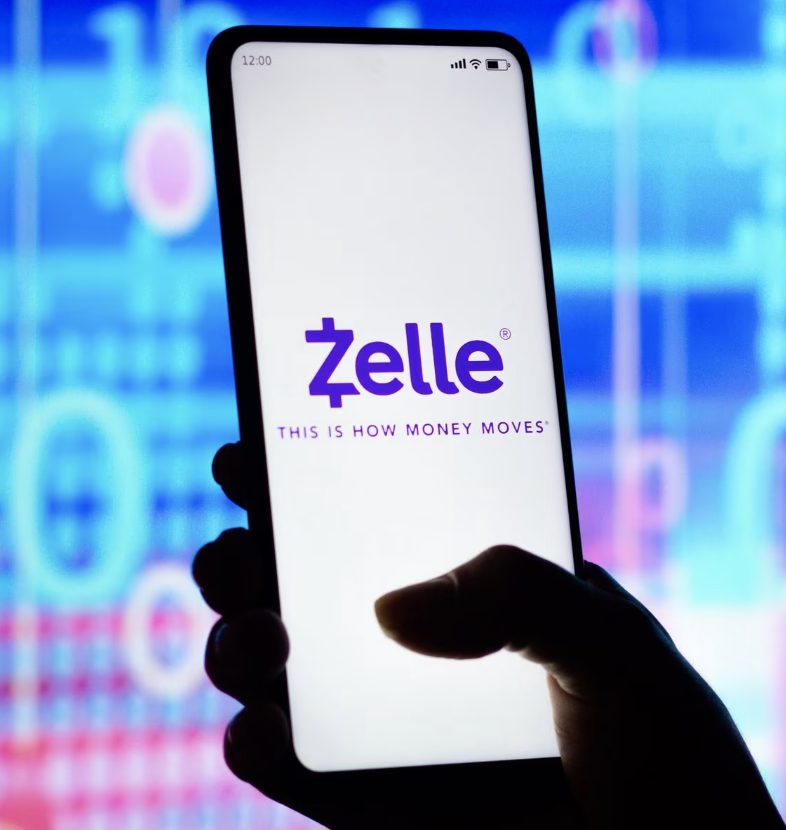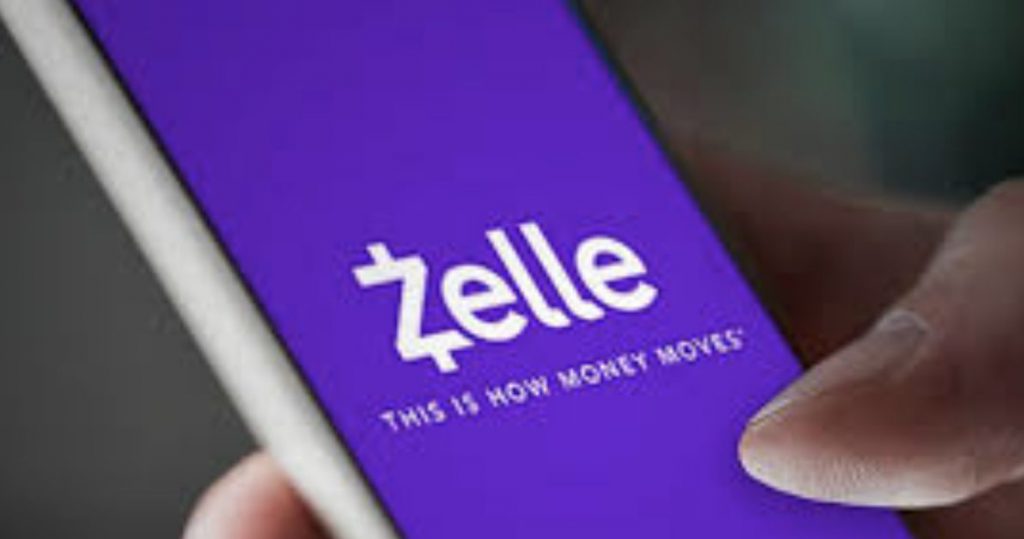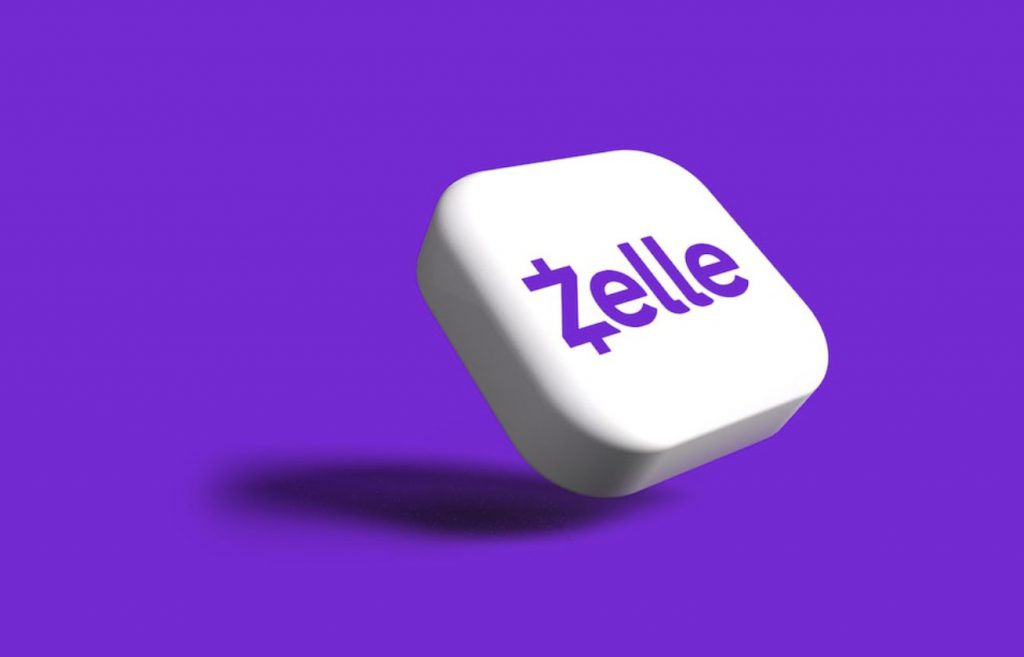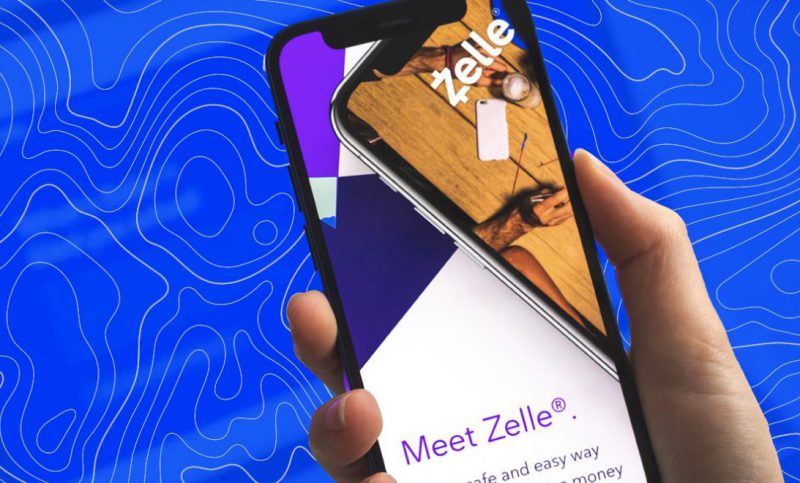Discover “How Does Zelle Make Money?” in this comprehensive guide.
Zelle has quickly become one of the most popular peer-to-peer (P2P) payment networks, enabling users to send money quickly and conveniently to friends, family, and anyone else who is part of the platform.
But how does Zelle make money? Does it take a percentage of the money being transferred? And why does Zelle have no fees? In this article, we will explore the revenue model of Zelle and the reasons behind its fee-free approach.
Also read: Does Chime Work With Zelle?


What is Zelle?
Zelle is a digital payments network that allows users to send money from their bank accounts to other individuals who are members of the platform.
Furthermore, It was launched in 2017 and currently has over 924 participating banks in its network.
With Zelle, users can send money directly from their bank account without the need for a bank wire or other intermediaries. The service is available to US bank account holders and can be accessed through the Zelle mobile app or within partner bank apps.
How Does Zelle Work?
Users need to register for the service to use Zelle, which involves a quick and simple process. O
Once registered, users can download or access the Zelle app through their partner bank’s app. Users need to enter the recipient’s cell phone number or email address to send money.
The funds are then transferred from the sender’s bank account to the recipient’s account, typically within minutes. Zelle offers a fast and convenient way to transfer money, eliminating the need for cash or checks.
Zelle’s Revenue Model
Unlike some other payment apps, Zelle does not take a percentage of the money being transferred as its primary source of revenue.
Instead, Zelle generates income through its participating banks. When a user makes a payment using Zelle, the participating banks on the platform earn revenue.
This means that Zelle itself does not have an independent revenue stream.


Zelle is owned by Early Warning Services, a private financial services company that is owned by a consortium of banks, including Bank of America, BB&T, Capital One, JPMorgan Chase, PNC Bank, U.S. Bank, and Wells Fargo.
These banks have outsourced the development and maintenance of the Zelle network to Early Warning Services.
In exchange, Early Warning likely receives payments from the participating banks.
Also read: Can you Dispute a Zelle Payment?
Why Does Zelle Have No Fees?
One of the reasons Zelle has no fees is to remain competitive in the P2P payment market. Other payment apps, such as Venmo and PayPal, initially offered their services for free, and Zelle recognized the importance of providing a fee-free experience to attract and retain users.
By offering a no-fee service, Zelle aims to increase its user base and establish itself as a leading P2P payment network.
Additionally, Zelle’s fee-free approach aligns with the mission of its participating banks. Banks want to retain their customers and protect themselves against emerging fintech companies, such as Chime or Venmo, which offer free or low-cost money transfer services.
Zelle helps its partner banks retain their customers and compete effectively in the evolving digital payment landscape by providing a fee-free platform.
How Much Does Zelle Make per Transaction?
Since Zelle does not charge fees to its users, it does not directly make money per transaction. Instead, the participating banks on the Zelle platform earn revenue when users make payments.
The exact transaction fee charged by Zelle remains undisclosed due to agreements with participating banks.
Zelle introduced a merchant payment feature in 2018, enabling users to pay for goods and services.
Merchants pay a 1% processing fee to Mastercard or Visa, which is shared with the issuing bank.
Zelle’s additional revenue stream could contribute to its overall income, along with that of the participating banks.
What Are the Disadvantages of Using Zelle?


While Zelle offers many benefits, it is important to consider the potential disadvantages of using the platform. Here are a few things to keep in mind:
- Limited Accessibility: Zelle is currently available only to US bank account holders. If you’re outside the US or your bank is not part of the Zelle network, you won’t be able to use the service.
- Bank Account Requirement: To use Zelle, you must have a bank account. If you prefer not to link your bank account to a payment app, Zelle may not be the right choice for you.
- Transaction Limits: Zelle imposes transaction limits, which vary depending on the participating bank. If you need to send large amounts of money, you may need to consider alternative methods.
- Limited Dispute Resolution: Unlike some other payment apps, Zelle does not have a built-in dispute resolution process. You must contact your bank directly for assistance if you encounter any transaction issues.
- Scams and Fraud: As with any online financial transaction, there is a risk of fraud. It’s important to be cautious when sending money through Zelle and only transact with trusted individuals or businesses.
It is essential to weigh these disadvantages against Zelle’s convenience and ease of use. By understanding the potential drawbacks, you can decide whether Zelle is the right payment option for your needs.
Conclusion
In conclusion, Zelle does not take a percentage of the money being transferred and does not charge fees to its users.
Instead, Zelle generates revenue through its participating banks, and its fee-free approach aims to attract and retain users in a competitive market. While Zelle has its advantages, it’s important to consider the potential limitations and risks associated with the platform.
By evaluating these factors, you can determine whether Zelle is the right payment solution for you.





